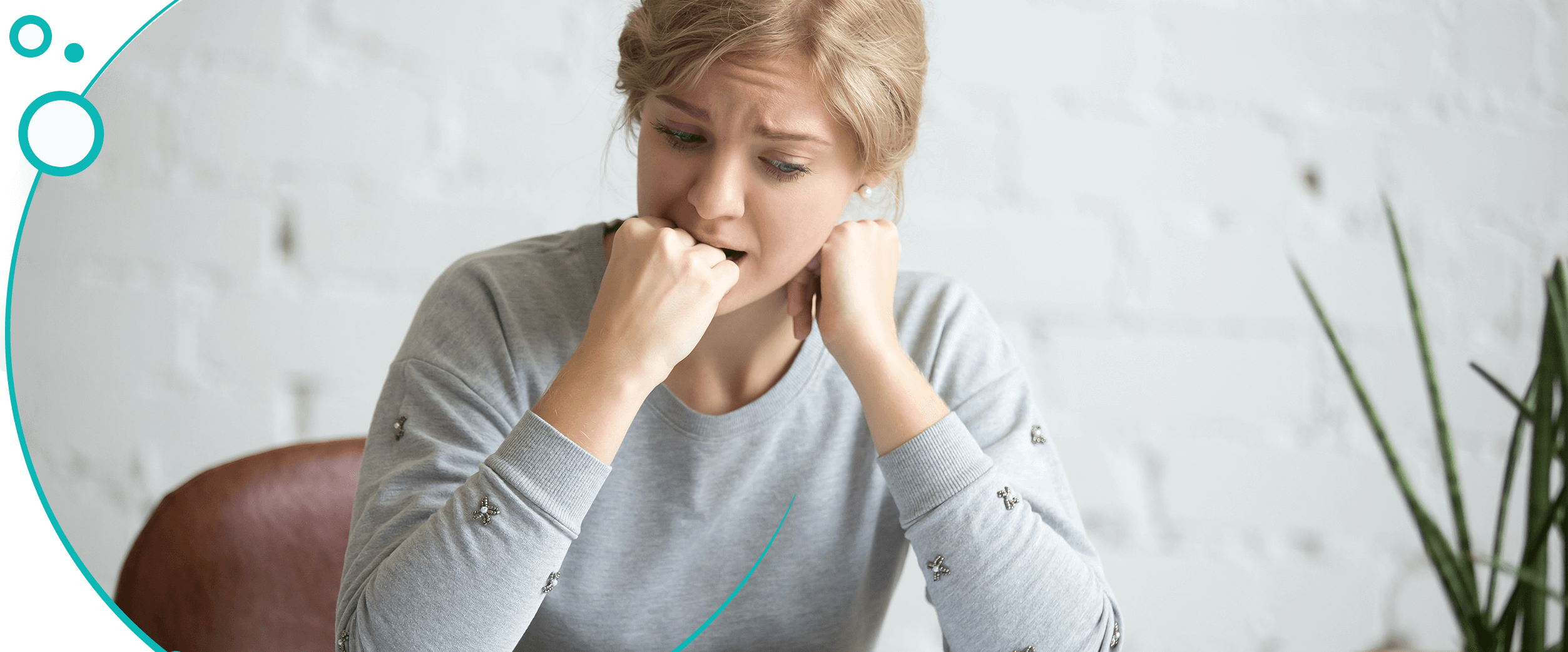There are many types of phobias: some are caused by fear of particular animals, spiders, elevators, or heights. However, some phobias make people afraid of the very basic things we see daily. One example is Nyctophobia, the fear of darkness or nighttime.
While many children can experience this phobia from an early age and feel anxious when night approaches, adults can also be affected and experience the symptoms of phobia.
Here’s everything you need to know about this Nyctophobia and how you can manage or overcome it.
The symptoms of phobia may prevent you from living a calm and happy life. Get help today from a mental health expert.
What Is Nyctophobia?
Nyctophobia is an intense fear of the dark. It’s also sometimes called scotophobia, lygophobia, or achluophobia.
People with this phobia feel unsafe in the dark and may experience anxiety or panic attacks when they’re exposed to it. For some, the fear is so severe that they avoid going outside at night or being in any room that’s not well-lit.
Nyctophobia can be a standalone phobia or be a symptom of another mental health condition, such as anxiety disorder or depression.
Is It Normal to Be Afraid of the Dark?
While it may seem unusual to some, being afraid of the dark is quite common. Research suggests that
While most children outgrow their fear by adolescence, some continue to experience intense anxiety and dread in low-light or nighttime situations. For those who have Nyctophobia, even a small amount of darkness can trigger feelings of panic and claustrophobia (a fear of confined places).
Causes of Nyctophobia
According to some researchers, fear of the dark dates from when our ancestors lived in the wild and slept in the open. They feared being attacked by dangerous animals, so they had to stay awake for survival.
For Nyctophobia, it isn’t just about being afraid of the dark. Adults with this phobia fear what they can’t see and the horrific experiences they encounter in the night that stick with them throughout their lives.
Some people fear darkness because of the environment they live in. For example, a crime-filled surrounding can stimulate your fear, as you’re afraid of being attacked.
Cultures also influence fears of nightmares and darkness. For example, stories you hear from fellow society members and events observed on television and in movies can impact one’s conscious mind.
What May Trigger Fear of Darkness
Everyone has a certain extent of fear of the dark from time to time. But having a specific phobia is more than just the common fear everyone experiences. Nyctophobia can affect our everyday life and so here are some conditions that stimulate severe anxiety:
- Switching off the lights
- When darkness sets in
- Watching TV with horror and nighttime scenes
- Thoughts of being in the dark
- Unknown howling sounds in the dark

Symptoms of Nyctophobia
Adults with extreme fear of the darkness may experience panic attacks exhibiting some of the following symptoms:
- Excessive sweating
- Difficulty in swallowing
- Dry mouth
- Tenseness
- Fast heartbeat
- Uneasy breathing
There may also be specific complications. For example, fear of the dark often goes hand in hand with insomnia and fatigue. These issues can also interfere with relationships, productivity, and behavior.
Feeling anxious may be a normal thing in stressful situations. But once the symptoms become difficult to control, consider seeking help.
How Healthcare Providers Treat Nyctophobia
Depending on the level of traumatic experience causing one’s fear of the dark, a qualified specialist will recommend therapy or counseling to help treat your conditions. Here are several types of therapy that help with Nyctophobia:
Cognitive-Behavioral Therapy (CBT)
This sort of therapy repeatedly promotes the impression that darkness is safe and helps one face the dark using the learned skills.
Exposure Therapy
It involves exposing the patient gradually to darkness until they become desensitized.
Hypnotherapy
It helps the patent rethink the fear of darkness and the anxiety it brings. It involves guided relaxation exercises while the patient is calm.
Mind-engaging Exercises
Engaging patients in activities like yoga, breathing techniques, and meditation helps them manage anxiety when alone in the dark.

The Prognosis (Outlook) for People with Nyctophobia
The majority of nyctophobic individuals improve with therapy. However, the prognosis is based on how severe the phobia is. For severe cases of Nyctophobia and other anxiety disorders, a patient may require a combination of therapies and medications to get better.
Conclusion
If you’re exhibiting symptoms of fear of the dark, consider visiting a healthcare provider. Severe Nyctophobia may make it difficult to fall asleep, leaving you feeling worn out during the day, affecting your productivity and usual way of life.
Therapy, including CBT and exposure therapy, can help you with Nyctophobia. Take action to help overcome the fear of darkness; contact us today!







